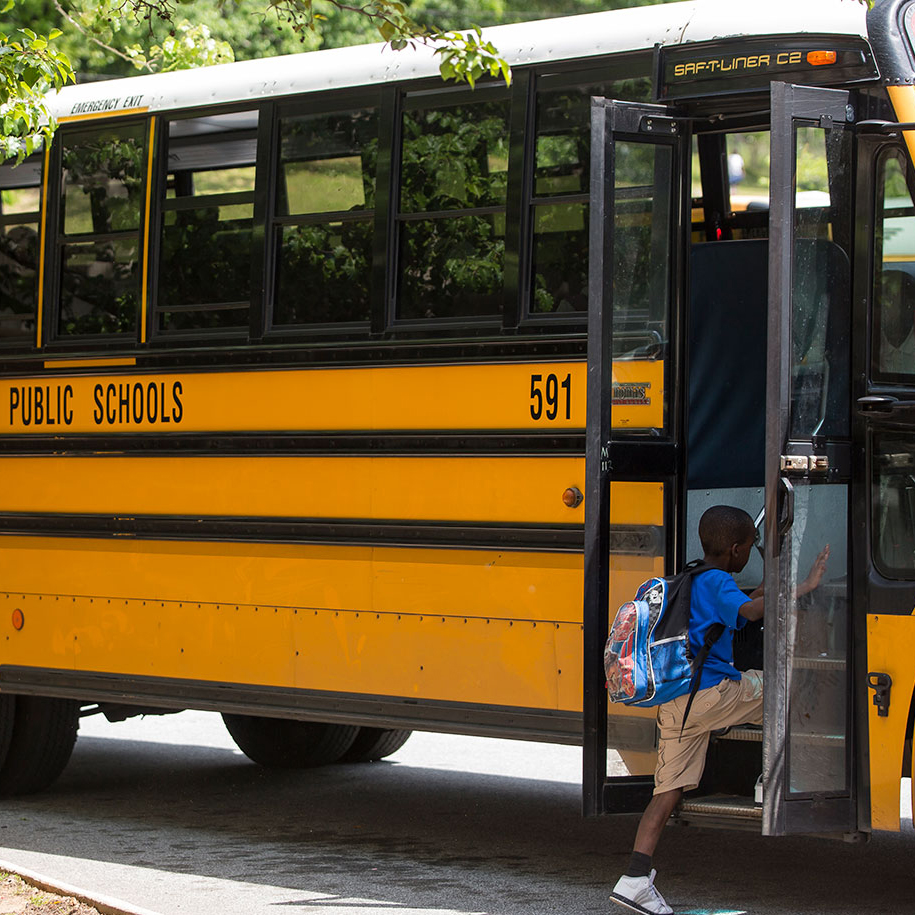Amanda and Brent Chu are twins, but when they were in high school in Huntsville, Ala., getting to school was an entirely different experience.
Amanda drove the family car; Brent, who had a different schedule, rode the school bus. “He had to wake up at 5 a.m. to catch the bus at 6, and he arrived at school at 7:30,” recalled Chu, an ISyE student pursuing a Ph.D. in operations research. “Whereas, I could roll out of bed any time.”
The disparity stayed with her. Years later, when it came time to choose a project in industrial systems engineering, Chu had no problem deciding: school bus schedules.
Her advisor, Professor Pinar Keskinocak, director of the Center for Health and Humanitarian Systems, connected Chu with a former student, Monica Villarreal (Ph.D. 2014), a senior planning analyst with Denver Public Schools. The school system wanted to make its bus scheduling more adaptable to changing conditions and avoid having to manually adjust route assignments.
Thus, Chu quickly became a student of the enormously complicated world of school bus schedules. She delved into academic journal articles. She investigated software apps. And she explored a landscape of variables – route distances, passenger capacity, wheelchair vs. non-wheelchair riders, and school “bell times,” to name a few.
Months of work led to a Microsoft Excel-based decision-support tool that gives the school system a new picture of the entire bus fleet scheduling.
“It’s designed to present alternatives,” Chu explained. “It actually generates new bus route assignments, based on entered data, reflecting objectives and constraints. It also helps the school system quickly analyze bus route assignments.”
“We’re using the technology to make routes for our drivers for the 2018-19 academic year,” said Villarreal, senior planning analyst for Denver Public Schools. “Since there’s a shortage of bus drivers here, we have to be as efficient as possible in order to minimize the outsourcing of routes. This new tool will save us time as well as money, which we can then put back into the classroom.”
Chu is now adapting the technology for Atlanta’s public school system and contemplating a way to bring the program to larger markets.

